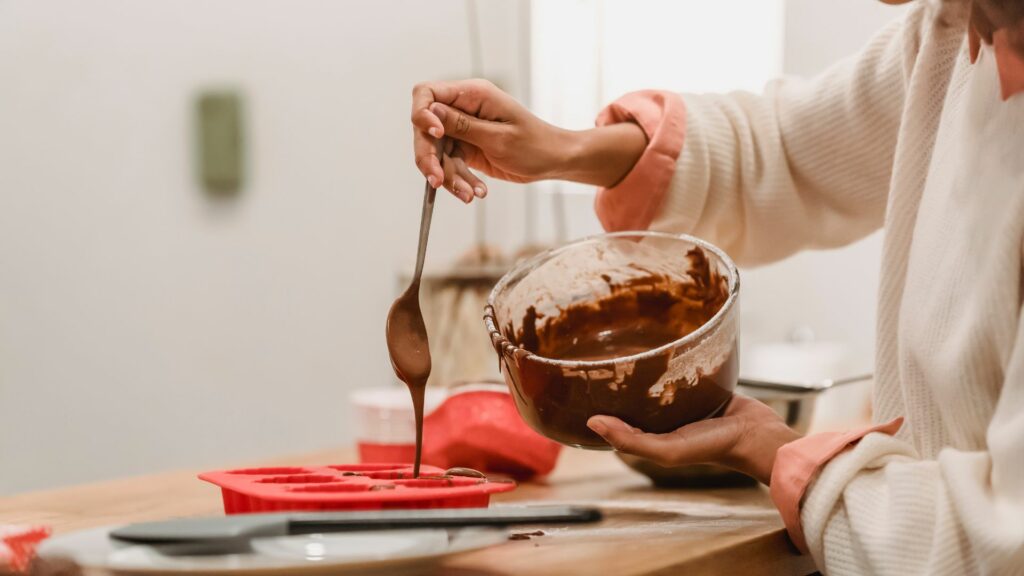A new test by ten consumer organisations, including Belgium’s Test-Achats, shows how silicon baking moulds can contaminate cakes, cookies and other baked goods with unwanted chemicals.
"As the festive season approaches, many Europeans are looking forward to traditional homemade cakes and breads," Monique Goyens, Director-General of the European Consumers' Organisation (BEUC) told RTBF. "Silicone baking moulds are a popular and easy-to-use alternative to metal shapes. The results of this test, however, show that they can also add unwanted ingredients to our cakes and cookies.”
The material of silicone baking moulds can withstand high temperatures and is non-stick. But silicone can also add chemical contaminants to baked goods. After testing 44 silicone baking moulds, 10 products (23%) released contaminants in large quantities, and even increased between tests, indicating that the products are not suitable for repeated use.
EU safeguards for silicone needed
In addition, in 36 products, the test detected substances of concern at low levels, including some substances that the European Union has identified as 'substances of very high concern' under its flagship chemicals legislation, REACH. Unlike plastics, there are no specific EU rules to ensure that silicone products intended for food contact are safe for consumers.
Although none of the products tested alone can endanger human health, the results show that manufacturers have ample opportunity to improve their products: only seven samples (16%) released only minor amounts of contaminants and no substances of concern. “It is high time for the EU to develop strict safeguards for silicone and other materials to protect consumers from unwanted food contaminants,” said Monique Goyens.
However, there is no danger in the short term, as Alfred Bernard, professor of toxicology at UCL, points out. "Silicone is composed of stable molecules that have very low toxicity and are poorly absorbed by the body," he told RTBF.
In moderation and not extreme temperatures
On the other hand, "the study shows that the passage of chemical molecules in pastry is different from one brand to another," he added. Heat and frequency of use also influence the release of harmful substances but, laments the toxicologist, "the study does not give the figures, nor the exact nature of these substances."
In addition, this month’s Test-Achats health review advises people to use silicone moulds in moderation. "Substances ingested in small quantities probably do not present a danger," Test-Achats says in its monthly report, "but the precautionary principle must prevail." The maximum recommended cooking temperature is 200 to 260 degrees depending on the model. The problem of migration of substances can be solved by manufacturers. Out of twenty-five moulds tested, the Belgian consumer magazine selected four.
Related News
As a reminder, a test carried out in 2021 had already revealed the presence of chemicals of concern in single-use tableware made from popular non-plastic alternatives, such as disposable bowls made of vegetable fibres, paper straws or palm leaf plates. BEUC therefore calls on "the European Union to regulate without delay all materials in contact with food".

